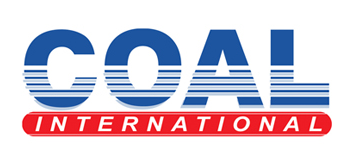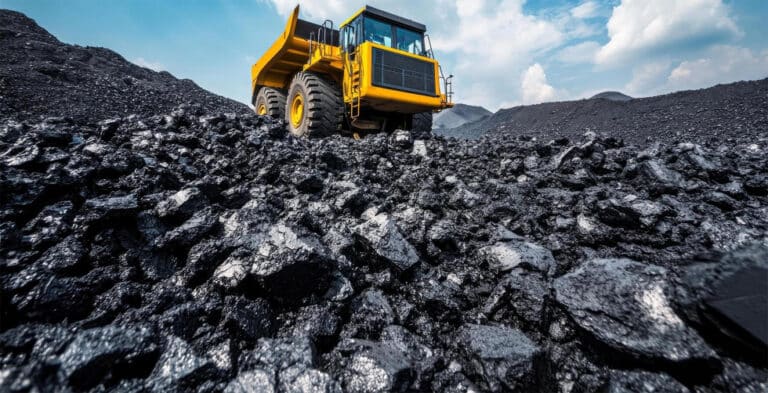Zimbabwe’s coal exports have more than doubled, registering a 102 percent growth in the first eight months of the year, according to the latest statistics from the Minerals and Marketing Corporation of Zimbabwe (MMCZ).
Industrial coal exports surged to US$14,4 million from January to August this year, from the US$6,4 million recorded during the same period last year, highlighting a major shift, as the country had traditionally focused its exports on higher-value coke products.
The MMCZ is the sole marketing agent for the country’s minerals, excluding gold and silver.
Coke breeze exports saw a sharp decline of 90 percent, dropping to 3 526 tonnes valued at US$335 750 from the previous period’s 39 912 tonnes worth US$3,3 million.
Conversely, exports of other coke products, including peas and fines, increased significantly to 736 425 tonnes valued at $136,8 million from 573 268 tonnes valued at US$109,6 million.
“We are mainly supplying industrial coal to South Africa, the DRC and Zambia,” said Mr Linos Masimura, chairman of the Coal Producers Association, a lobby group for local coal miners.
However, the growth in exports is being hampered by severe infrastructure issues. Producers are forced to rely on road transport, which is significantly more expensive than rail.
“We can actually do 10 times what we are doing had it not been for the logistical challenges,” Mr Masimura said.
“We have actually had to stop supplying certain customers because using road transport makes our product more expensive,” Mr Masimura noted.
Apart from the infrastructure challenges, Mr Masimura said that high tariffs also contribute to the competitiveness problem.
He explained that even in instances where rail transport is available, the tariff charged is often prohibitive.
The country’s railway system is constrained due to limited new investment.
The MMCZ noted over-reliance on trucks puts immense strain on national roads, increases operational costs for miners, and raises the price of the exported product, ultimately limiting the country’s competitiveness and ability to fully capitalise on the current market opportunity.
“Limited inland logistic capacity, heavily reliant on road transport, continues to impede the efficient movement of materials to market,” said MMCZ.
“This also places local producers at a disadvantage against regional competitors benefitting from superior road and rail infrastructure and port access, particularly impacting steel, granite, coke and coal exports where freight costs are risking customer churn.”
Beyond regional markets, Mr Masimura said Zimbabwe was still working on potential overseas exports, particularly to Asia and Europe, but the major limiting factor remains logistics.
Zimbabwe holds substantial coal reserves, primarily in the Hwange area, making it a vital resource for both industrial uses and domestic power generation and export revenue.
It is the primary fuel for the country’s thermal power stations, such as Hwange Power Station, which supplies the bulk of Zimbabwe’s electricity.
Driven by a surge in both domestic and foreign investment, notably from Chinese companies, Zimbabwe’s coal sector has broadened its focus beyond traditional power supply since 2018.
New investments are targeting the development of smaller, decentralised power plants to ease local electricity shortfalls.
The strategy also includes a sharp pivot toward exports, capitalising on high industrial demand in regional markets like South Africa and the DRC, as well as expanding production of higher-value coke and coking coal for regional metallurgy.



